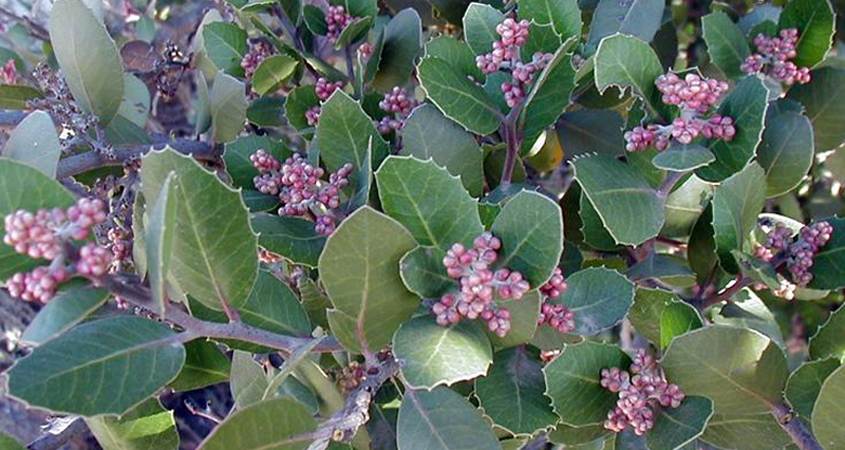 Knowing how to classify your plants by water use characteristics will help you plan your sustainable landscaping. Photo: San Diego County Water Authority
Knowing how to classify your plants by water use characteristics will help you plan your sustainable landscaping. Photo: San Diego County Water AuthorityEvapotranspiration: The Key To Watering Your Plants
How much water do plants really need in your landscaping?
Evapotranspiration (ET) is the process of assessing various factors to determine how much water plants use, and when they need it. ET is a quick, simple way for landscape experts to explain environmental conditions such as solar radiation (sunshine) or cloud cover. The stronger the sun’s rays, the higher the ET.
Think of plant leaves as having similar properties to solar panels. They gather energy that enables plants to transform water and carbon dioxide from the air into oxygen and sugars for growing, and for feeding soil microbes. Transpiration of moisture through leaves is a little like people sweating. It cools down the leaves. Water also evaporates from the soil itself around plants. The combined water loss from the plants and the soil together makes up evapotranspiration.
Why do you need to know this? Understanding water loss in terms of ET is helpful when you select plants for sustainable landscaping, so you choose the lowest Landscape Water Requirements; in planning irrigation; and managing the Soil Moisture Account.
Look for Four Characteristics Shared By Drought–Tolerant Plants
Do you need help identifying climate-appropriate plant choices for your new sustainable landscaping? There are four characteristics shared by drought-tolerant plants.
Stiff, Leathery Leaves: These leaves hold on to water and stay evergreen most of the year.
Silver or Hairy Leaves: Light colored leaves reflect sunlight, cooling the plant. Hairy leaves hold moisture longer and keep the plant cooled off.
Tiny Leaves: These are like tiny solar panels, easier to keep cool than one large hot surface.
Solar Tracking Leaves: These leaves seem to stand at attention in the middle of the day, straight up and down. As the day progresses, the leaves become more horizontal as the plant shifts its solar panel leaves to minimize sun exposure. Many California native plants like manzanitas have this ingenious adaptation.
The Water Authority’s Sustainable Landscaping guidebook contains a Plant List with climate-appropriate plants. They are also highlighted throughout the guidebook.
This article was inspired by the 71-page Sustainable Landscapes Program guidebook available at SustainableLandscapesSD.org. The Water Authority and its partners also offer other great resources for landscaping upgrades, including free WaterSmart classes at WaterSmartSD.org.



